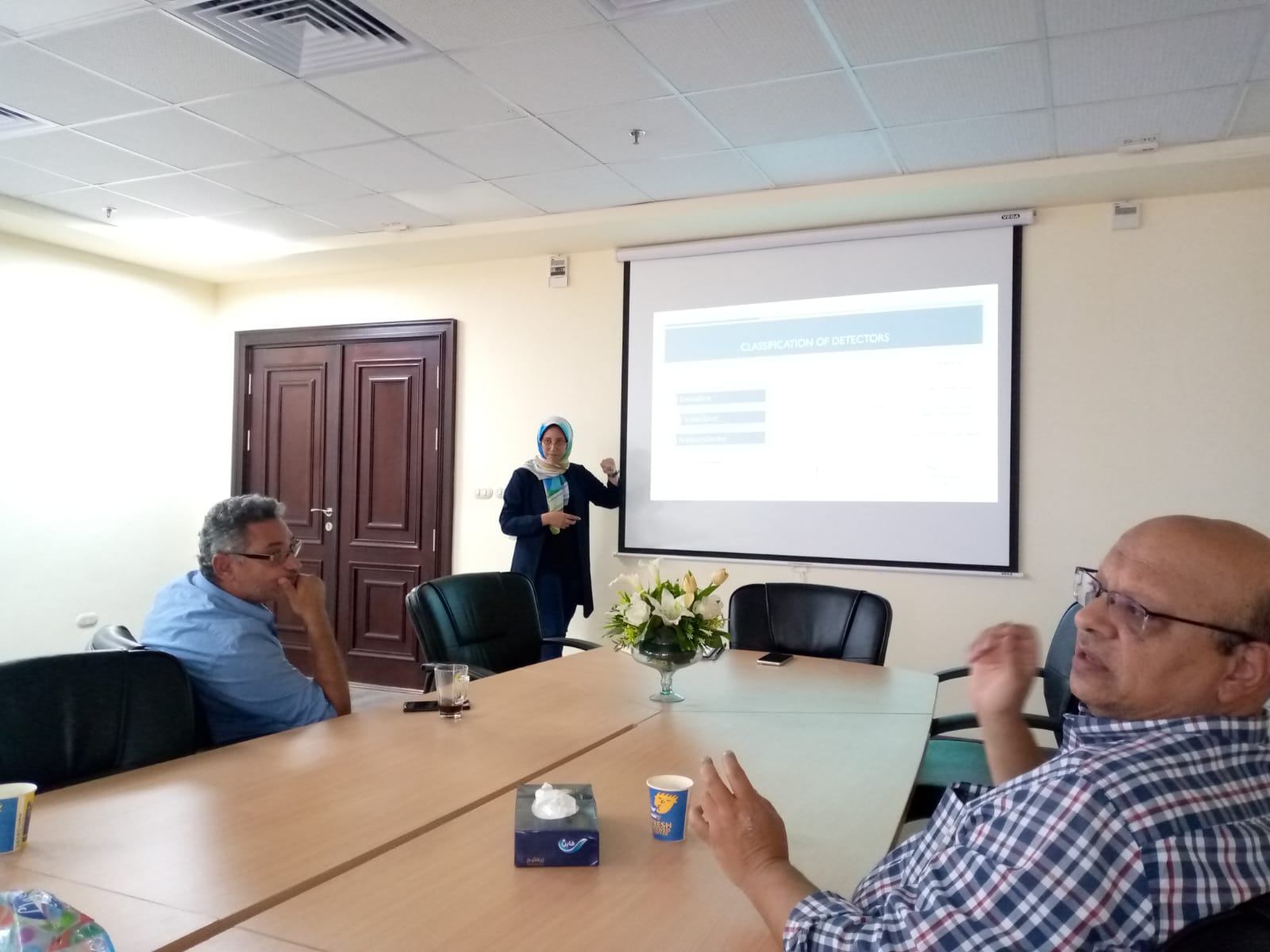CTP Seminar

The talk is investigating the roadmap of development of GEM detector considering the requirement of Muography application. Muography, an innovative method utilizing cosmic ray muons for non-destructive testing and imaging, presents unique challenges and demands tailored solutions for optimal performance. This roadmap involves optimizing the spatial resolution of the GEM detector. Achieving high spatial resolution is crucial for accurately capturing and imaging the intricate structures of dense materials. This requires careful consideration of parameters such as the size and arrangement of the GEM holes, the choice of gas mixture, and the electrode configuration. By fine-tuning these aspects, we can enhance the spatial resolution and ensure precise imaging of the target material. Also, emphasizes the importance of tracking capabilities in the GEM detector. Tracking the trajectories of cosmic ray muons within the detector is essential for reconstructing the internal structures of the imaged objects. To enable accurate tracking, the GEM detector should be designed to efficiently capture and measure the ionization charge produced by the muons. This may involve optimizing the gas amplification process and implementing advanced tracking algorithms for improved performance. Muography applications require the detection of low-energy muons that produce a limited number of primary ionization electrons. To address this, the detector should be optimized to amplify and detect these low-energy signals effectively. This may involve optimizing the gas composition, voltage settings, and signal processing techniques to maximize the detection efficiency while minimizing noise and background signals. Furthermore, as muography projects often involve large-scale imaging, the detector should be designed with scalability in mind. This includes considering the fabrication process, availability of materials, and potential for mass production to ensure cost-effectiveness and scalability for practical implementation. In conclusion, the roadmap for the development of the GEM detector for muography applications addresses the specific requirements of this imaging technique. By optimizing spatial resolution, tracking capabilities, detection efficiency, and considering scalability and cost-effectiveness, we can enhance the performance of the GEM detector for muographic imaging.